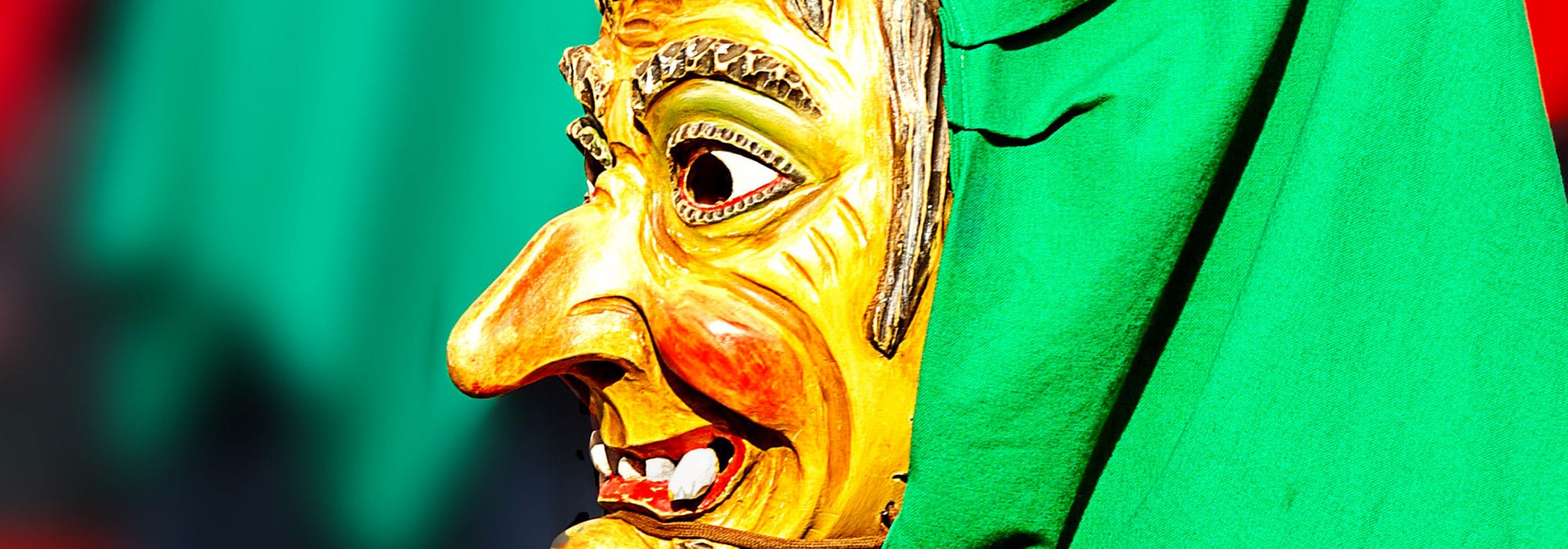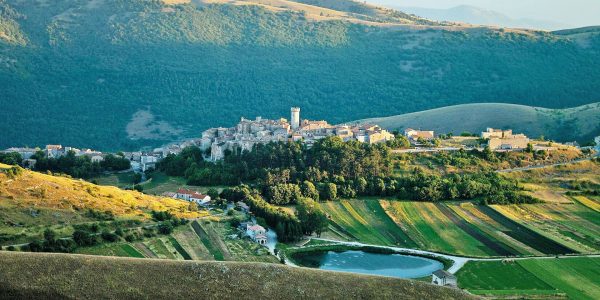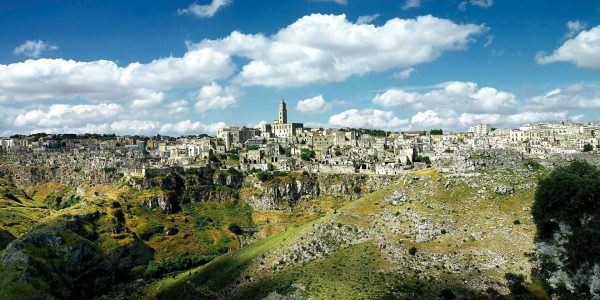A traditional holiday with culinary delights and plenty of fun
Abruzzo is a place that has maintained a direct link with the past, not only through its wonderful unspoilt landscapes, but also with its traditions that are observed faithfully and handed down through the generations: an immense wealth of knowledge, made up of ancient practices, customs, recipes, festivals and idioms.
A celebration as ancient and symbolic as the Carnival of course has regional differences.
The Carnival, a festival with both pagan and Christian roots, is an opportunity to celebrate the beauty and energy of life, to make fun of everything and everyone, to laugh out loud, to pose as someone else, and to ward off evil, as was once believed.
In various cities in Abruzzo the ancient carnivals are celebrated even today. The closest to us is in Montorio al Vomano, and is also called Carnevale Morto (Dead Carnival), because it focuses on all of the death of the Carnival. This occasion, which is on Ash Wednesday, the first of Lent, simulates the Carnival funeral, with mourning masks paying respect, but with a burlesque and mocking spirit. The coffin is accompanied by the town band, alternating between funeral marches and lively music.
By tradition, the typical masks of the Abruzzo Carnival are: the Carnival King, the widow (played by a man), the doctor, the notary, the policeman, and the apothecary.
The Carnival King represents the previous year and is a symbol of destruction-creation. The burning of the puppet concludes the fruitful natural cycle of the Earth with its ashes.
Of all the figures of the festival, the Pulcinelli (Jokers) deserve special attention because, besides being the most ancient, they also have a very special costume. They wear a large flowery cone-shaped headdress adorned with ribbons and laces, and wear a white costume with red stitching. And all this wouldn’t be complete without their whistle and whips to make noise.
The Carnival, as well as being an explosion of joy and colours, is also a chance to sample the local culinary delights. There are several local sweets prepared especially for this occasion, but certainly worth mentioning are the cicerchiate and frappe of the Carnival.
“Cicerchiate” are balls of dough made from flour, egg, sugar, butter and lemon or liquor, that are fried and then covered in honey.
The “frappe” of the Carnival, also widespread and appreciated in other regions of Italy, are simply strips of fried flour and butter, and sprinkled with powdered sugar. In Abruzzo they are also often enriched with grappa.
Have fun at our Carnival!



